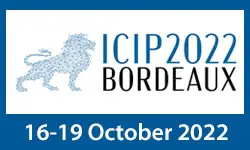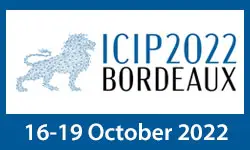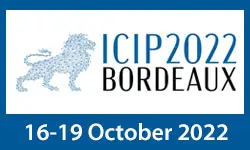Superpixel Group-Correlation Network For Co-Saliency Detection
Minhyeok Lee, Chaewon Park, Suhwan Cho, Sangyoun Lee
-
Members: FreeSPS
IEEE Members: $11.00
Non-members: $15.00Length: 00:14:18
04 Oct 2022
Recent works on click-based interactive segmentation have demonstrated state-of-the-art results by using various inference-time optimization schemes. These methods are significantly more computationally expensive than feedforward approaches, as they run backward gradient passes during inference. Moreover, backward passes are not supported in popular mobile frameworks, which complicates the deployment of such methods on embedded devices. in this paper, we study design choices for interactive segmentation and discover that state-of-the-art results can be obtained without any additional optimization schemes. We propose a simple feedforward model for click-based interactive segmentation that employs the segmentation masks from previous steps. It allows not only segmenting an entirely new object but also correcting an existing mask. We analyze the performance of models trained on different datasets and observe that the choice of a training dataset has a large impact on the quality of interactive segmentation. We find that the models trained on a combination of COCO and LVIS with diverse and high-quality annotations outperform all existing models. The code and trained models are available at https://github.com/saic-vul/ritm_interactive_segmentation.



